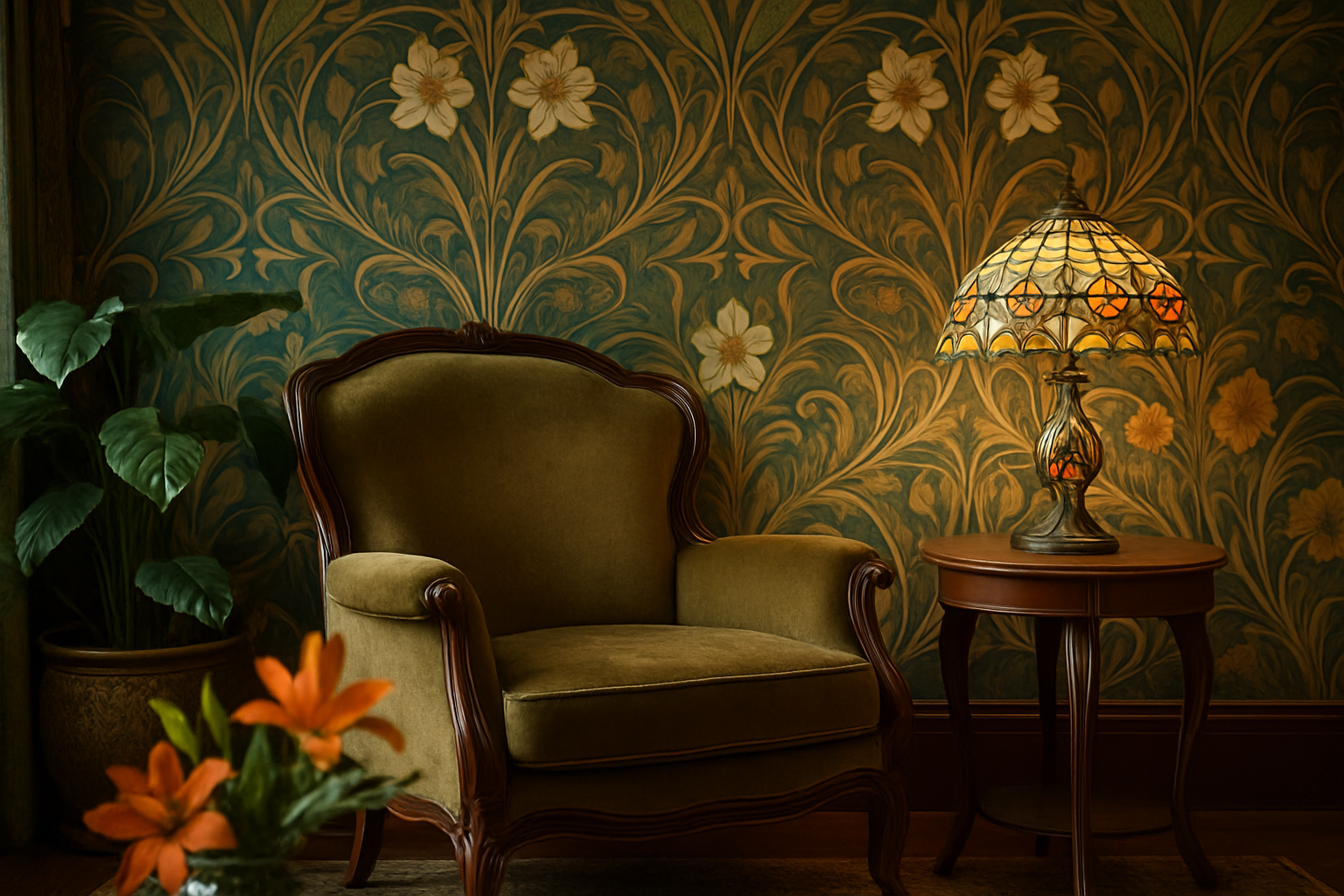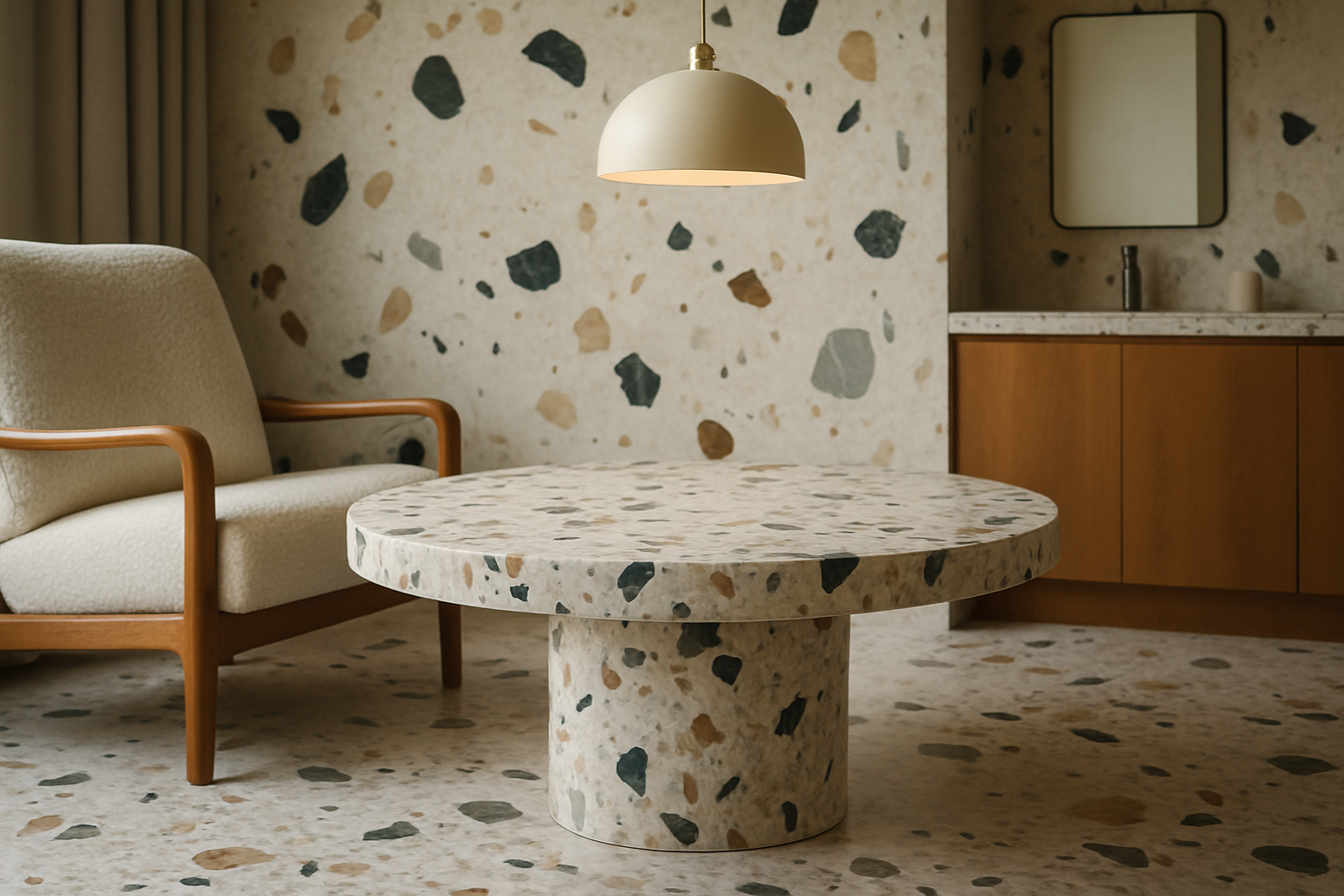"Rediscovering Timeless Charm: The Resurgence of Art Nouveau in Home Décor"
The first paragraph: In a world overrun by minimalistic and industrial design trends, Art Nouveau - a style that dominated the late 19th and early 20th centuries - is making a notable comeback. Its organic, intricate designs and rich color palettes offer a refreshing counterpoint to today's stark, pared-down aesthetics. This article delves into the historical context of Art Nouveau, its key elements, and how contemporary homeowners are incorporating this timeless aesthetic into their homes.

The Origin of Art Nouveau
Art Nouveau, which translates to “new art” in French, emerged in the late 1800s as a reaction to the industrial revolution. As machine-made items became commonplace, designers sought to bring back the beauty of handcrafted objects. With its rich details, curvilinear forms, and nature-based motifs, Art Nouveau celebrated the craftsmanship and artistic creativity.
Art Nouveau: Key Elements and Features
The style is characterized by organic, flowing lines inspired by plant forms and the natural world. Stylized flowers, leaves, birds, and insects are common motifs. Art Nouveau also made extensive use of new materials and techniques, including glass and wrought iron. These elements combined to create an aesthetic that was both decorative and functional, marking a significant departure from the more rigid, geometric styles of the time.
Art Nouveau in Today’s Home Design
While Art Nouveau may seem distinctly vintage, its principles resonate with today’s design sensibilities. Its emphasis on handcrafted pieces aligns with a growing preference for artisanal goods. Additionally, its nature-inspired motifs and colors offer a refreshing contrast to the neutral hues and streamlined forms of contemporary design.
Incorporating Art Nouveau into Modern Homes
Today’s homeowners are blending Art Nouveau elements with modern aesthetics to create unique, personalized spaces. This could be through statement pieces like a Tiffany lamp or an intricately patterned wallpaper. On a subtler level, it could be through the use of Art Nouveau-inspired colors and patterns in textiles and furnishings.
The Resurgence of Art Nouveau: A Reflection of Broader Trends
The resurgence of Art Nouveau is a reflection of broader trends in home design. As we move away from the stark minimalism of the early 21st century, there’s a growing appreciation for designs that are rich in detail and history. By embracing Art Nouveau, homeowners are able to create spaces that are both stylish and deeply personal.
In conclusion, Art Nouveau is more than just a nostalgic throwback. It’s a testament to the enduring appeal of designs that are handcrafted, nature-inspired, and rich in detail. As we navigate the design trends of the future, the resurgence of Art Nouveau reminds us of the timeless appeal of aesthetics rooted in craftsmanship and artistry.





